
Hogyoku Japanese Maple (Acer palmatum ‘Hogyoku’)

Ruby Slippers Amur Maple (Acer ginnala ‘Ruby Slippers’)
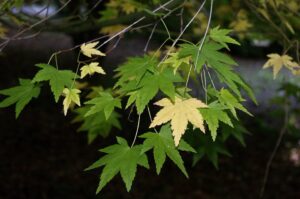
Arakawa Cork Bark Japanese Maple (Acer palmatum ‘Arakawa’)
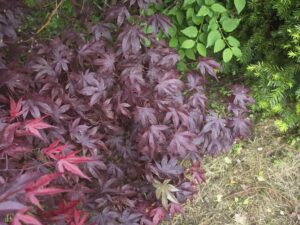
Bloodgood Japanese Maple (Acer palmatum ‘Bloodgood’)

Burgundy Lace Japanese Maple (Acer palmatum ‘Burgundy Lace’)

Butterfly Variegated Japanese Maple (Acer palmatum ‘Butterfly’)

Katsura Japanese Maple (Acer palmatum ‘Katsura’)

Japanese Maple (Acer palmatum)
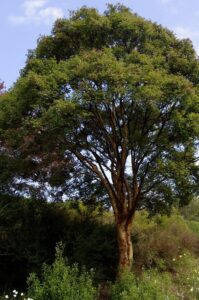
Paperbark Maple (Acer griseum)

Fullmoon Maple (Acer japonicum)
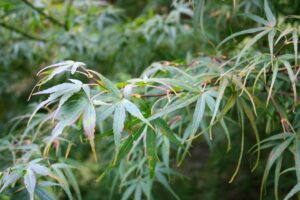
Koto No Ito Japanese Maple (Acer palmatum ‘Koto No Ito’)

Red Rhapsody Amur Maple (Acer ginnala ‘Mondy’)

Flame Amur Maple (Acer ginnala ‘Flame’)
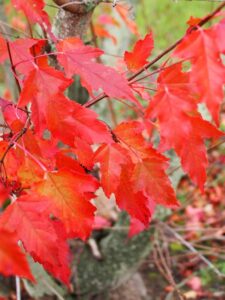
Amur Maple (Acer ginnala)

Johin Japanese Maple (Acer ‘Johin’)

